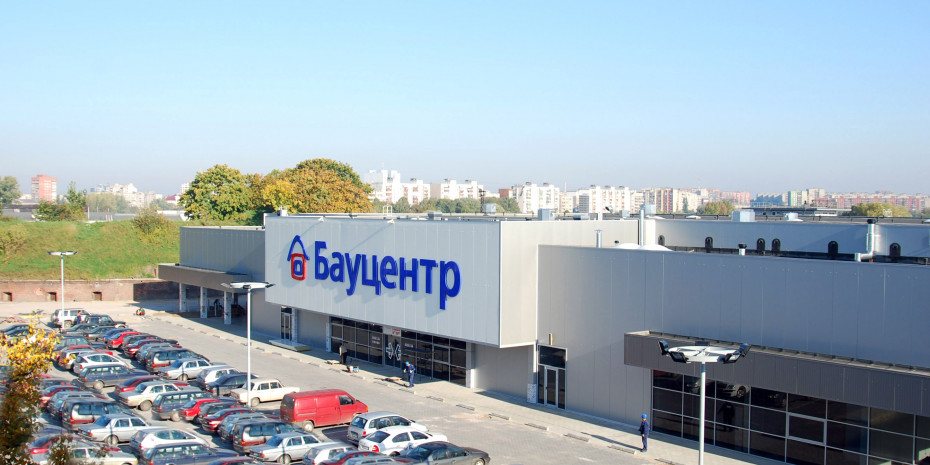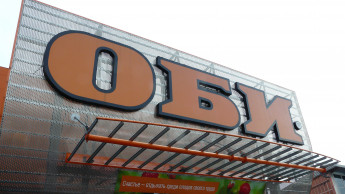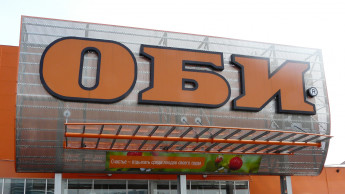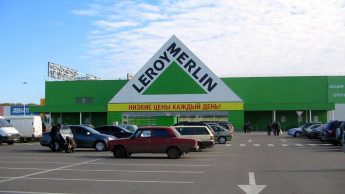The market research company Infoline estimates the total market volume at RUB 1.47 trillion for 2015. In comparison to 2014, this corresponds to a 4.3 per cent fall in revenue.
Having said that, the first quarter 2015 was a lot more positive than expected, due to a high volume of housing space being freed up at the turn of the year. The reason why this indicator is so important is because housing in Russia is handed over in a bricks and mortar state and it's then up to the owner to complete the building with floor screed, doors, tiles, wallpaper and floor coverings. Furthermore, a lot of Russians had already hoarded materials for home improvement (especially in December 2014 and March 2015) in light of the high currency fluctuations around the turn of the year.
The second quarter, however, was much worse than expected. Firstly, the customers had already bought their supplies, and secondly they held back in the hope that the rouble would stabilise, resulting in better prices for European goods. All in vain, as imports were already calculated with new prices.
In addition, the weakness in the housing market made an impact: In the first half of the year, the number of apartment sales in Moscow slumped by 50 per cent and in St. Petersburg by 20 per cent.
The normally profitable high season from April to September remained tense in 2015. The customers spent less on home improvements and demand shifted to cheaper price segments. Nowadays, due to the relatively stable prices, domestic goods are becoming more and more attractive.
In this period, revenues rose by five to six per cent - however the previous year had seen double-digit growth. What was particularly noticeable was the population's dwindling purchasing power and the inevitable trend to save money wherever possible. Nevertheless, there were also exceptions, like material for interior work and floor coverings.
Of course, the development wasn't the same everywhere, neither in all companies, nor in all regions. The economic situation, in particular in the respective catchment areas, made a considerable difference.
Thus, growth is slowing down, especially in the area of Kaluga with its concentration of automotive industries, which are currently experiencing a nose-dive. In…









